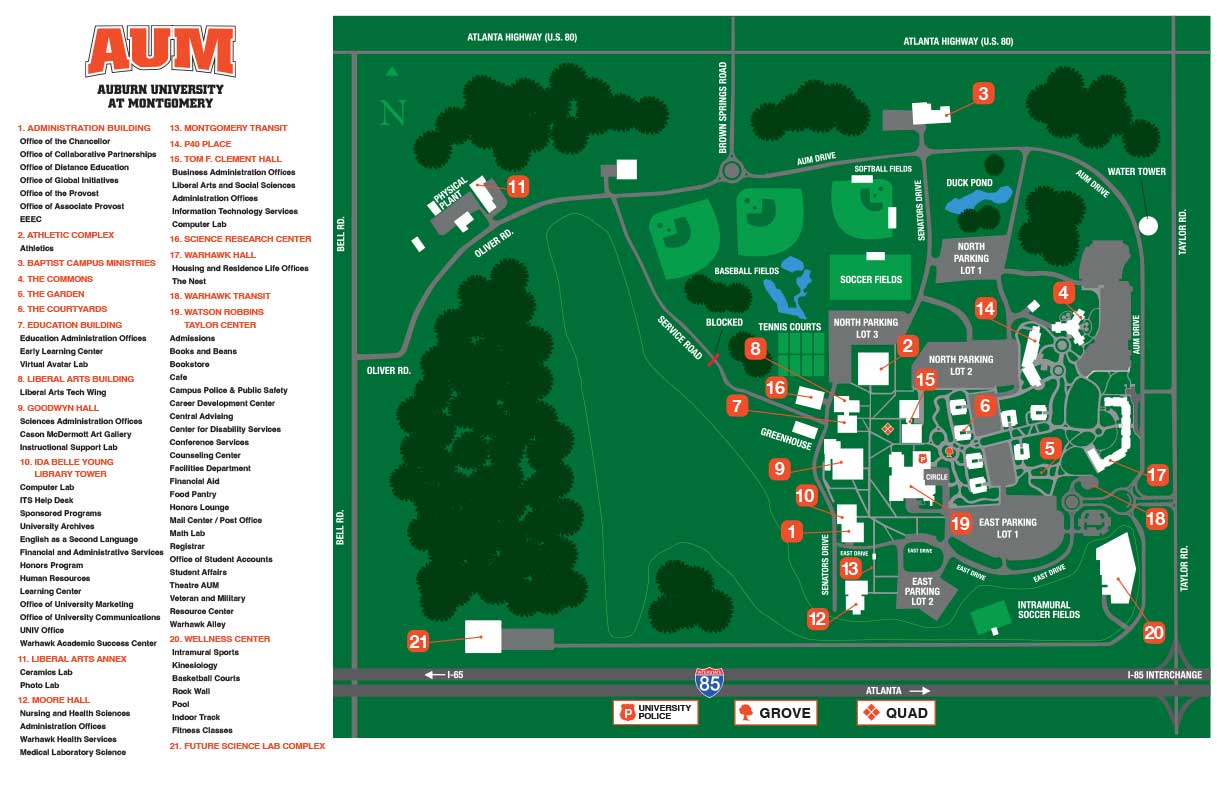AUM Faculty & Staff
Directory


Tianran Chen
Associate Professor | College of Sciences
Dr. Tianran Chen is an Assistant Professor of Mathematics at Auburn University Montgomery. He spent a number of years in Michigan State University where he earned his Ph.D. in Applied Mathematics. He joined the Department of Mathematics and Computer Science in the Fall of 2016. Originally trained in the field of Numerical Algebraic Geometry, his current research interest is the application of algebraic methods in solving nonlinear equations from real-world problems.
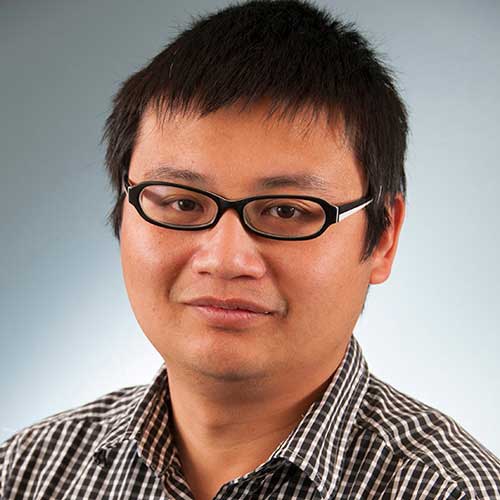

Yue Chen
Associate Professor | College of Sciences
Electromagnetic wave propagation in metamaterials, homogenization theory of partial differential equations, inverse problem, stability analysis of crystal growth, mathematical materials science, solid mechanics.


Gabriel Costa
Associate Professor | College of Sciences
Dr. Gabe Costa is an Assistant Professor of Biology and Environmental Sciences, and Coordinator of Environmental Sciences and GIS at AUM. His research is mainly focused in understanding the ecological and evolutionary drivers of variation in Biodiversity across the globe. Dr. Costa has worked with different groups of organisms such as amphibians, reptiles and mammals disentangling the roles of abiotic, biotic and evolutionary factors in explaining diversity patterns from local to global scales. Dr. Costa is also interested in using his findings to create instrumental knowledge that can support conservation decisions. By understanding what factors influence how biodiversity changes across space we might be able to quantify, predict, mitigate and possibly manage the growing negative impacts caused by human activities. Dr. Costa teaches Biostatistics, Species Distribution Modeling, Landscape Ecology, and Biogeography and Macroecology. His classes usually have a strong focus on analytical skills including learning to work in the R environment, GIS and spatial analysis. Dr. Costa research has reached a broad audience with over 60 peer reviewed articles published that collectively have been cited more than 2,400 times (Scholar page) (Lab page)


Nicholas Cuba
Assistant Professor | College of Sciences


Nakeisha Evans
Sr Administrative Associate | College of Sciences


Rachel Foster
Lecturer | College of Sciences
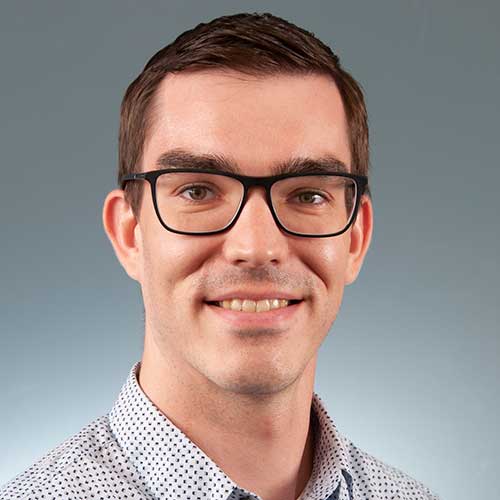

Casey Giordano
Assistant Professor | College of Sciences


Jerome Goddard
Assistant to the Chair; Professor | College of Sciences
Jerome Goddard II received a B.S. in Mathematics & M.S. in Mathematics from Mississippi College and a PhD. in Mathematical Sciences from Mississippi State University. He joined AUM in August 2011 and is now an Associate Professor in the Department of Mathematics & Computer Science within the College of Sciences. Goddard’s research interests are in applied mathematics. In particular, his research is focused on the study of reaction diffusion equations and nonlinear elliptic boundary value problems arising from population dynamics and combustion theory. His personal interests include spending time with his wife and two children, as well as outdoor hobbies such as hiking, backpacking, camping, & fishing.
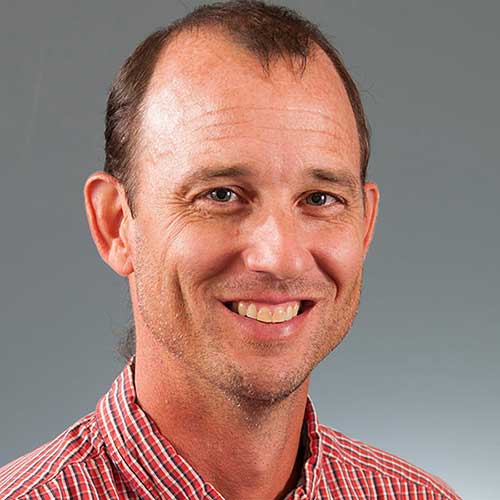

Matthew Grilliot
Associate Professor | College of Sciences
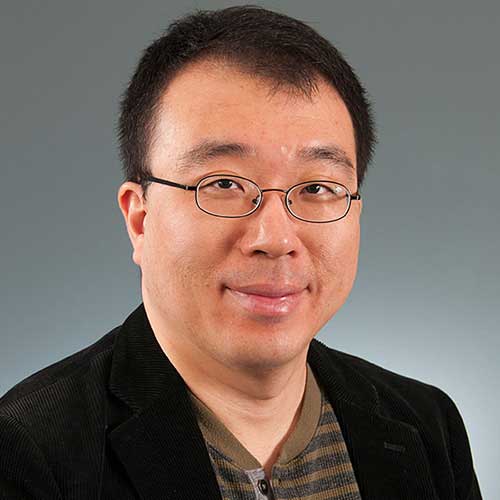

Hoe Hun Ha
Associate Professor | College of Sciences
Ph.D. State University of New York at Buffalo (2011)
M.A. State University of New York at Buffalo (2007)
B.S. Utah State University (2003)
Dr. Hoehun Ha is Associate Professor of Geography specializing in Geographic Information System (GIS). His primary research interests focus on the linkages between socio-physical environment and human interactions, using GIS and statistical methodologies. His research includes 1) the spatial modeling of chemical exposure and risk assessment, and the investigation of soil contamination with toxic substances in Anniston, Alabama. He also has worked on 2) conservation easement suitability modeling : a case study from South-East Michigan and 3) roadkill hot-spots modeling using a geographic socio-environmental niche-based approach: a case-study from 3 state highways in Central California. Furthermore, in his current research, he has developed 4) spatial models in public health – physical / socioeconomic based approach; a case study from U.S counties.
His teaching interests cover a wide range of geography courses including: Introduction to GIS, Advanced GIS, GIS in Environmental Modeling & Management, GIS in Public Health, Cartography, Geography of World Region, Human Geography, Spatial Statistics, and Earth Systems Science.
Dr. Ha’s publications have appeared in numerous internationally reputable scholarly journals including: Environmental Science & Technology, Computers, Environment and Urban Systems, Transportation, Applied Geography, Ecological Informatics, High Altitude Medicine & Biology, International Journal of Environmental Health Research, and International Journal of Environmental Research and Public Health. He is a member of Association of American Geographers (AAG) and Applied Geography Conference (AGC). (Scholar page)
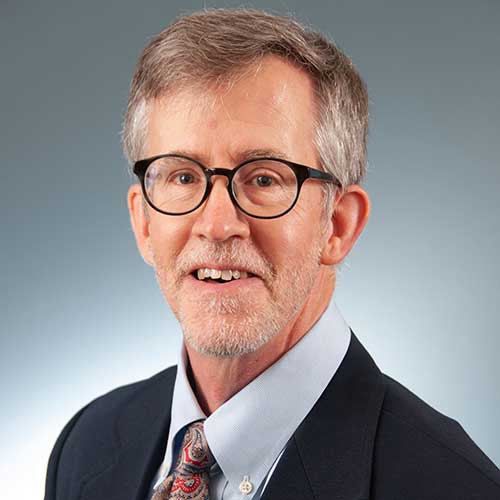

Pryce Haddix
Associate Professor | College of Sciences
Ph.D. Microbiology, May 1992, University of Kentucky
B.A. Biology with chemistry emphasis, May 1985, Transylvania University, Lexington, KY
Dr. Haddix is an Associate Professor in the Biology Department in the School of Sciences. He has a broad background in microbiology and molecular biology. His research interests are in the biological functions of bacterial pigments and the use of bacteria as biological sensors for the detection of environmental contaminants.
Dr. Haddix’s primary research interest involves identifying and characterizing the biological function of a red pigment made by the soil bacterium and opportunistic bacterial pathogen Serratia marcescens. His early work on this project built a circumstantial case for a negative role for prodigiosin pigment in cellular energy production during high-rate cell multiplication when cellular energy levels begin at their maximum (PubMed ID # 18805986). More recent work has revealed that the pigment has a positive function in cellular energy production when cellular energy levels are low; this positive function ultimately produces a doubling of pigmented cell yield over that of non-pigmented cells (PMID # 29616306). His most recent work has more clearly defined the negative role, and a manuscript describing these results is due to be submitted for publication in spring, 2019. Ongoing experimental work will more closely address the positive function and build a model for prodigiosin pigment in the cellular energy fluxes associated with Serratia marcescens population growth.



